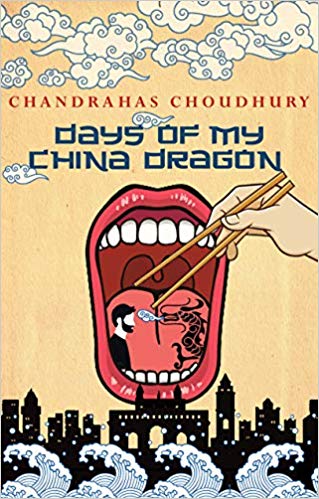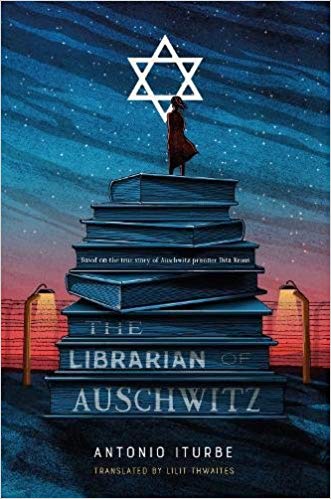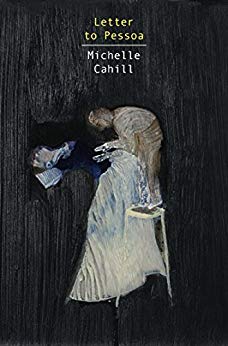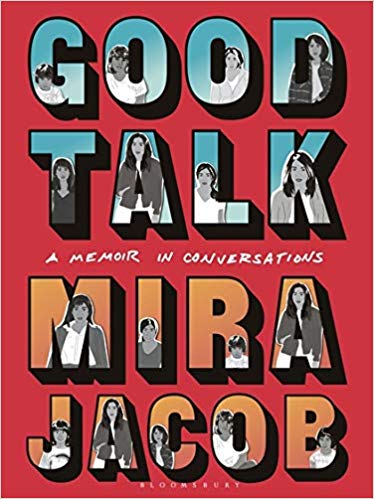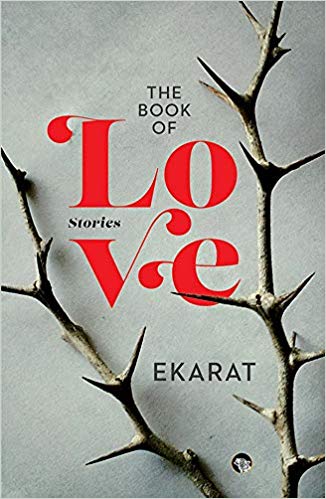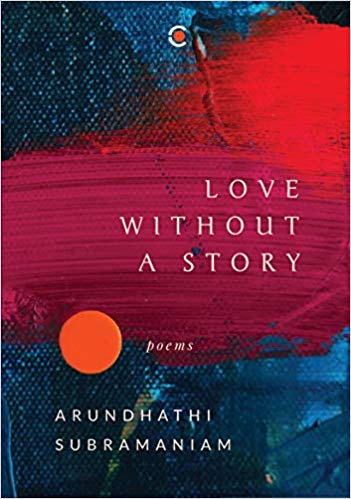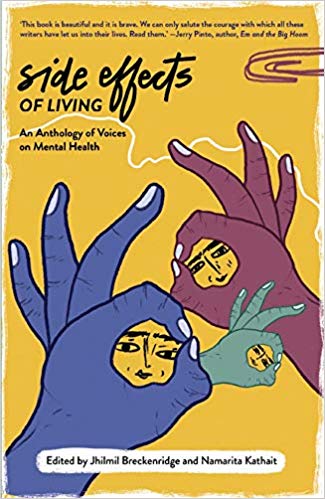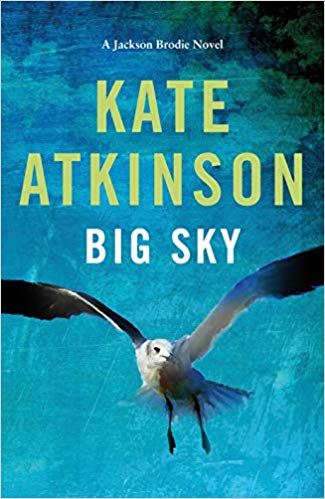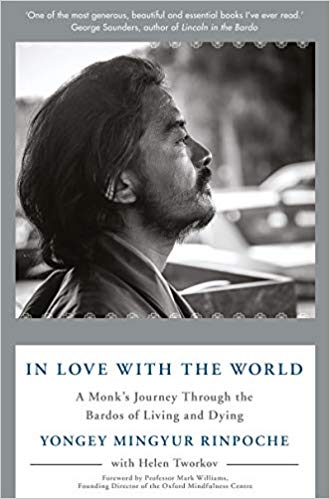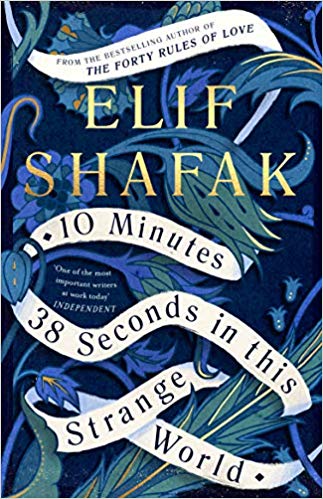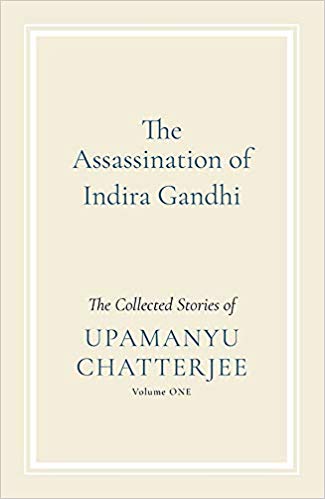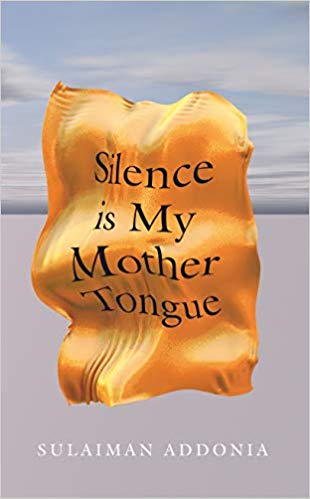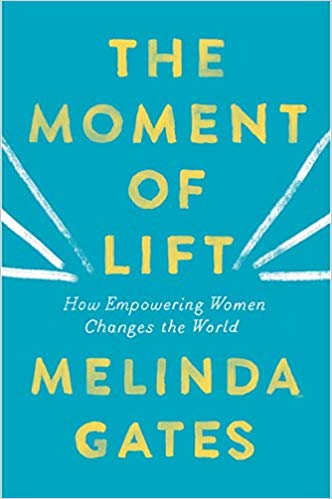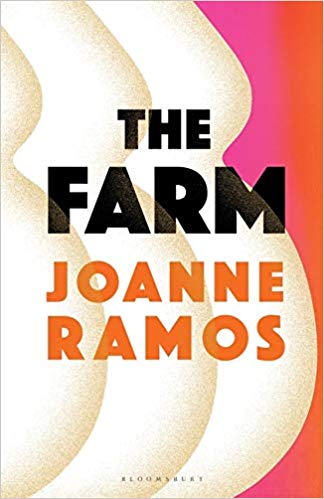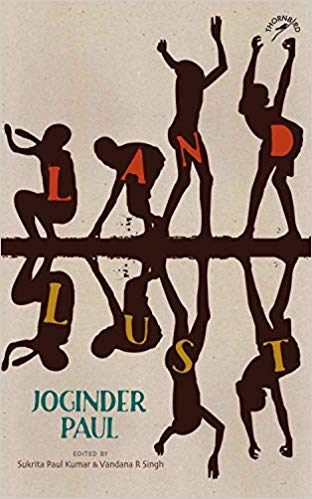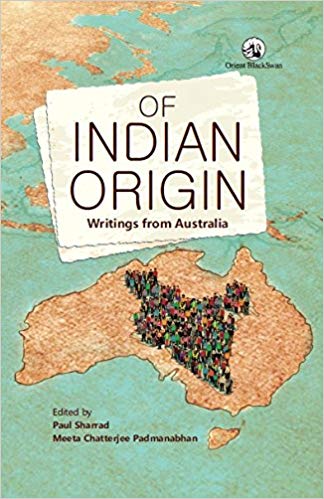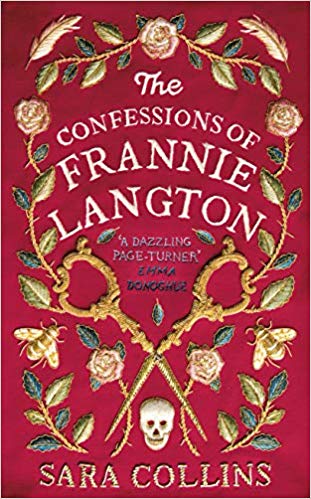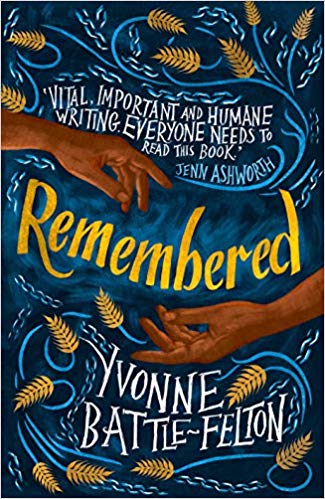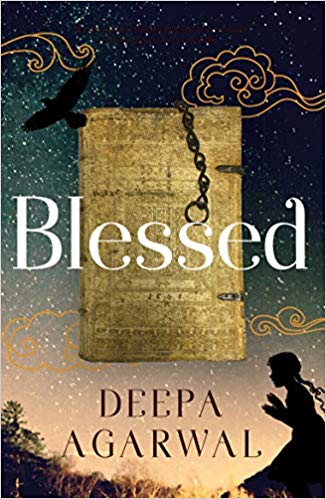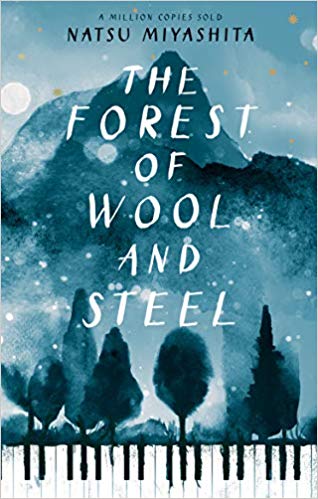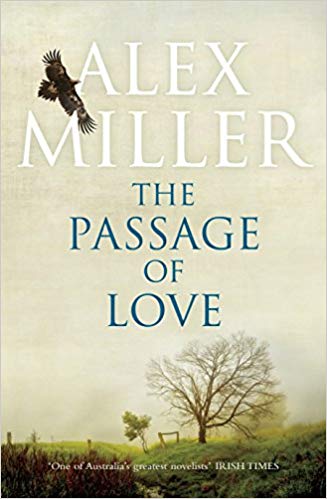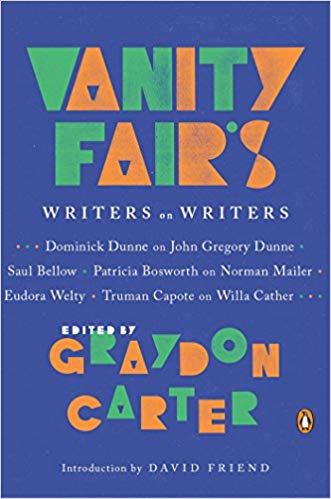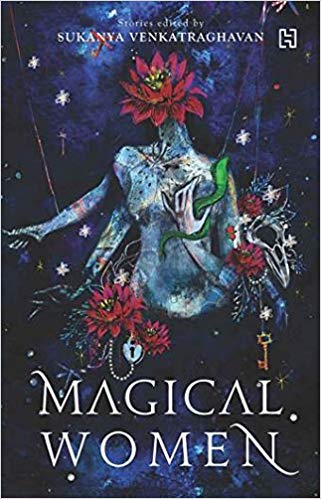Book Post 52: 25 Nov – 17 Dec 2019
Book Post 52 includes some of the titles received in the past few weeks.
17 Dec 2019
Book Post 52 includes some of the titles received in the past few weeks.
17 Dec 2019
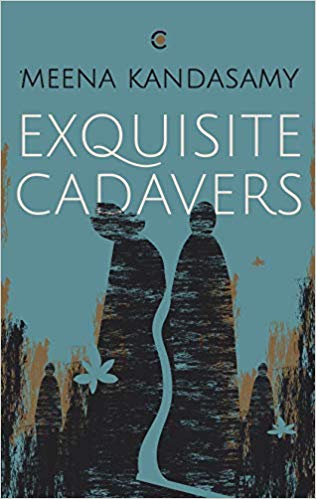
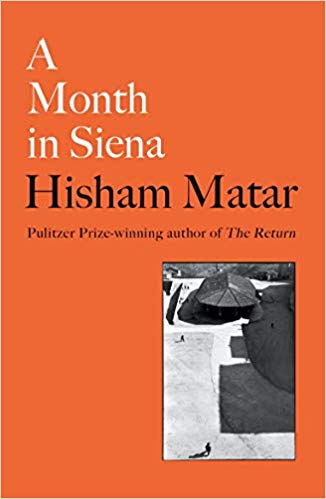
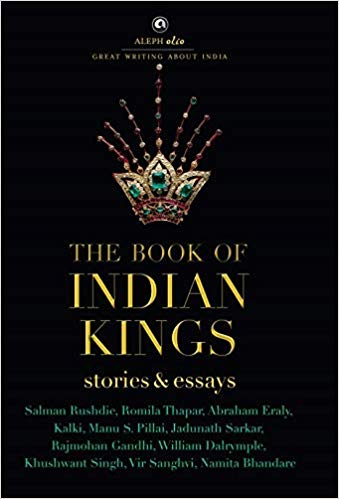
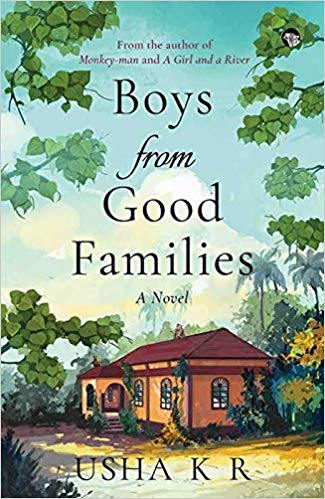
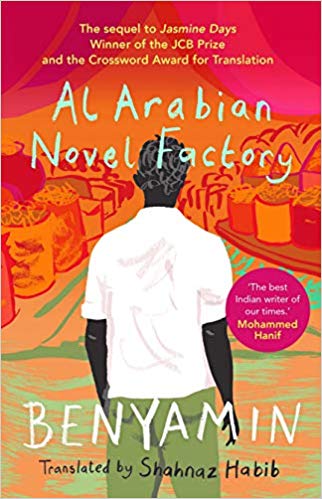
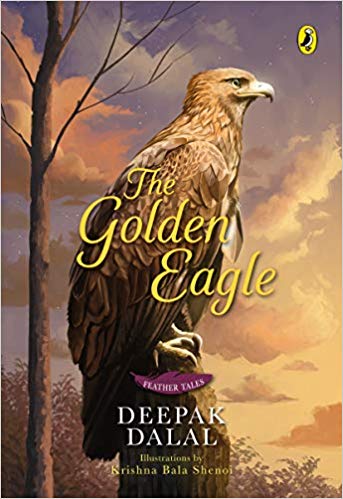
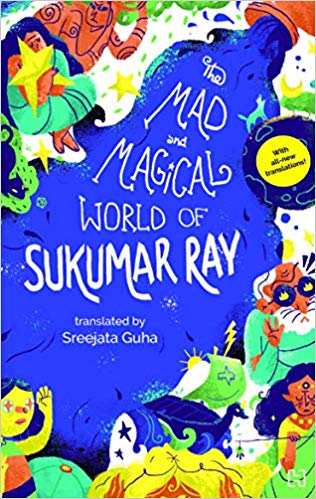
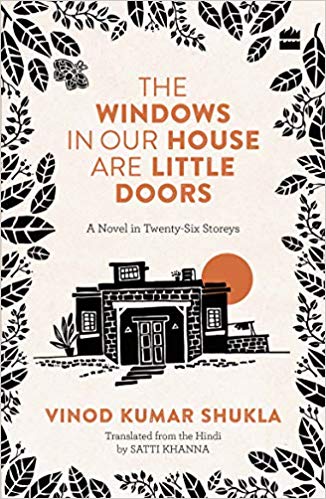
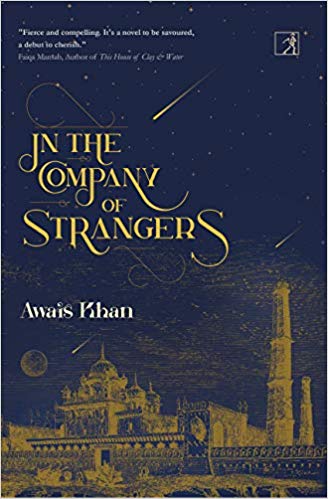
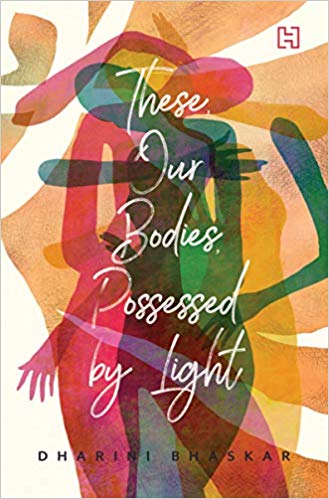
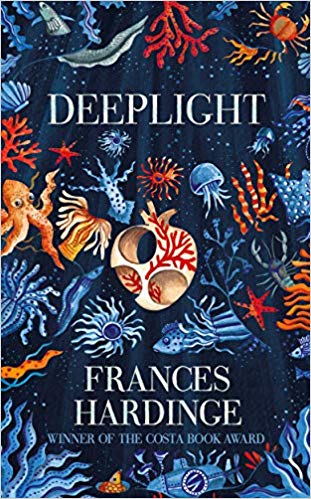
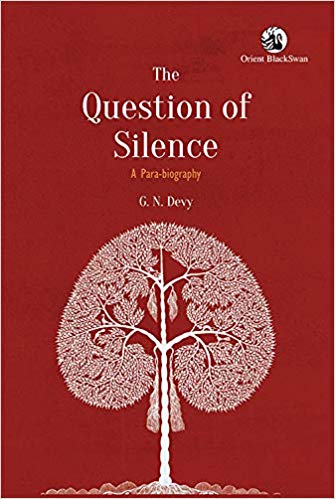
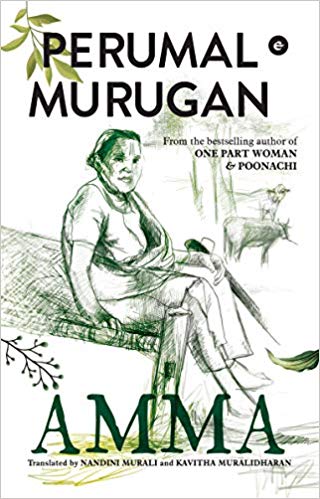
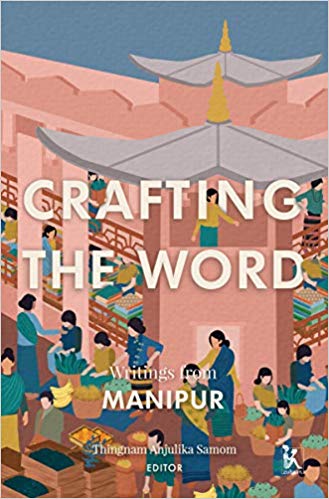
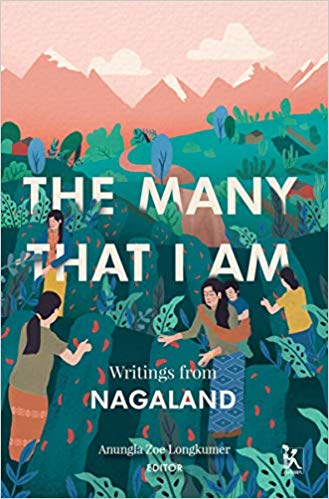
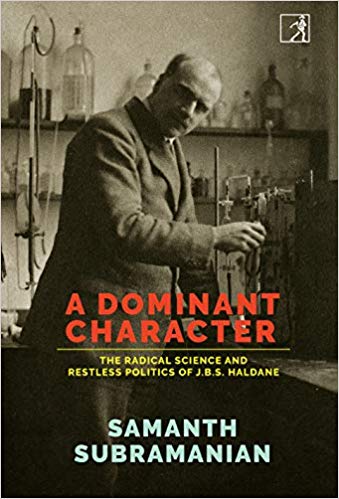
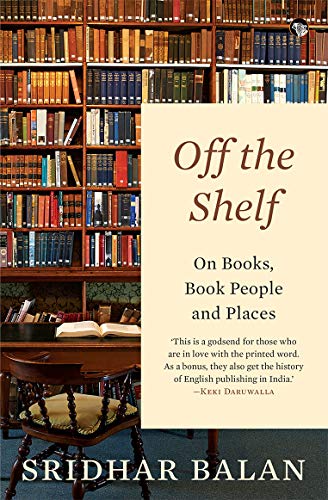
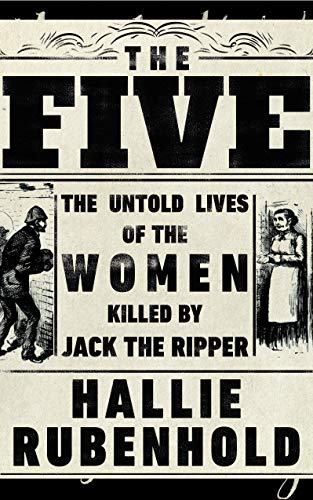
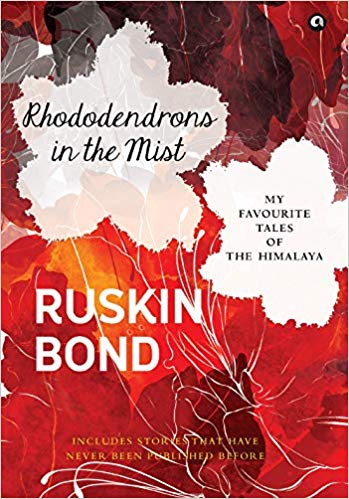
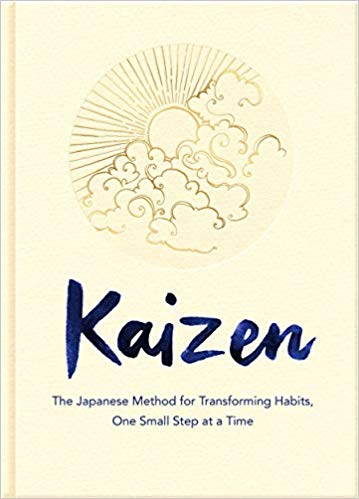
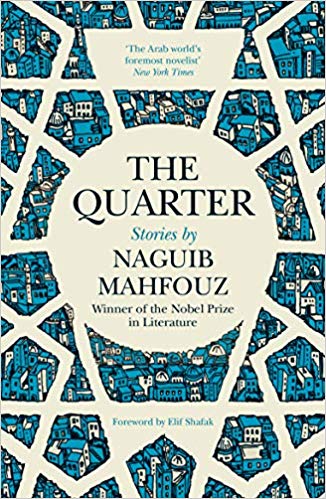
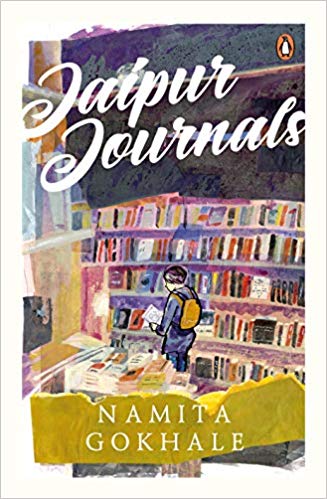
Book Post 50 includes some of the titles received in the past few weeks. Wherever available Amazon’s Kindle widget has been embedded in the blog post. It will allow you to browse through the book before you decide to buy it.
12 Nov 2019
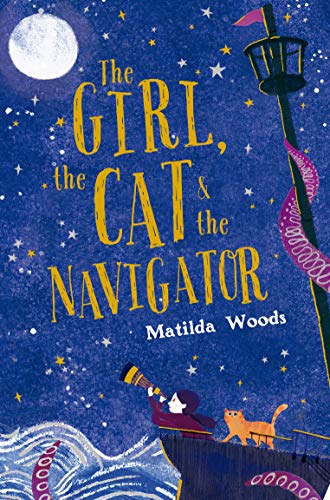
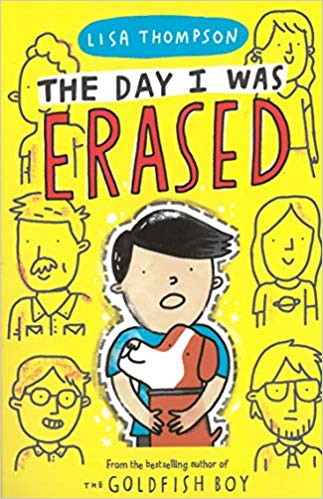

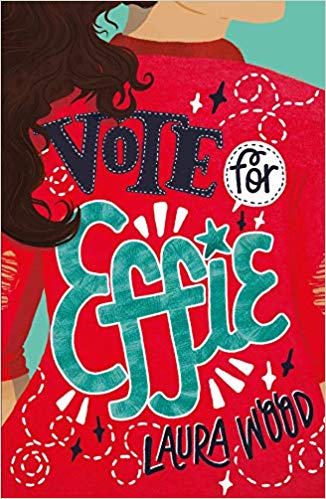
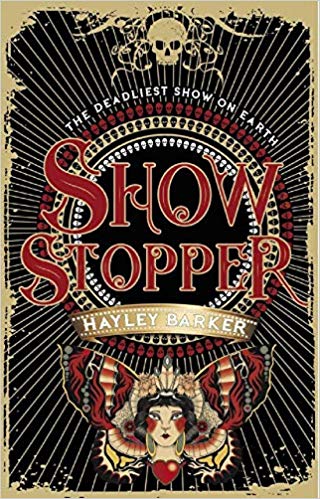
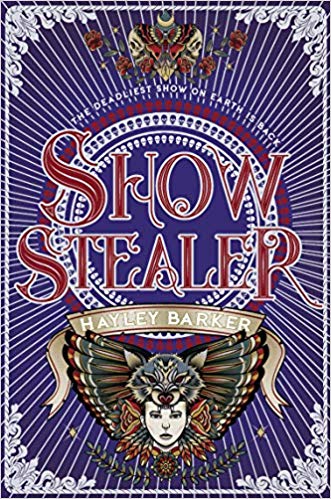
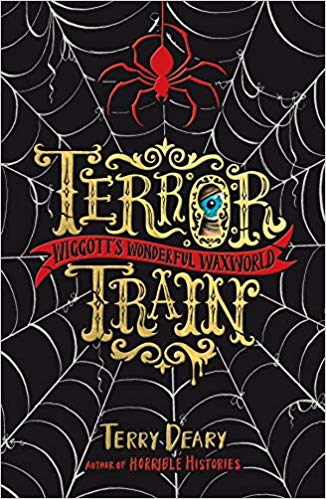
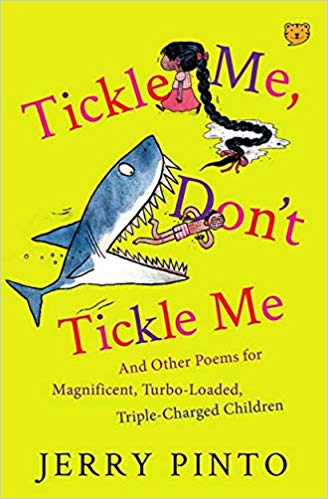
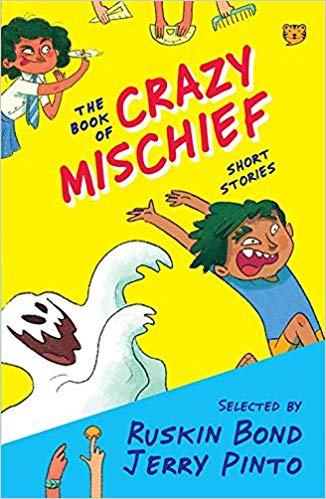
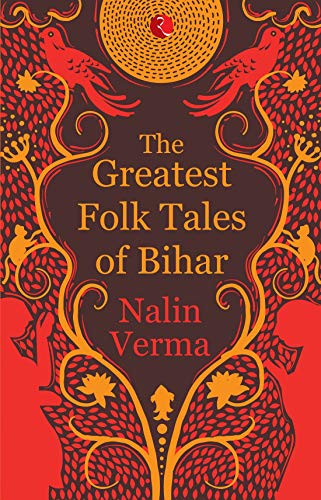
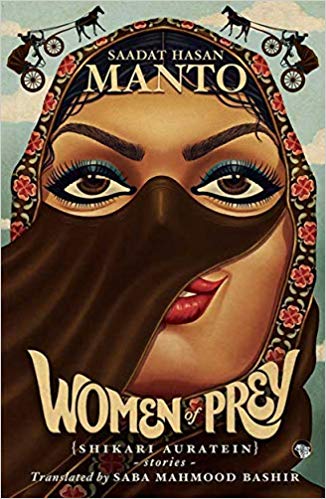
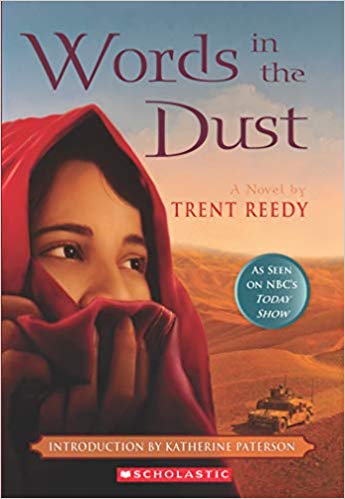
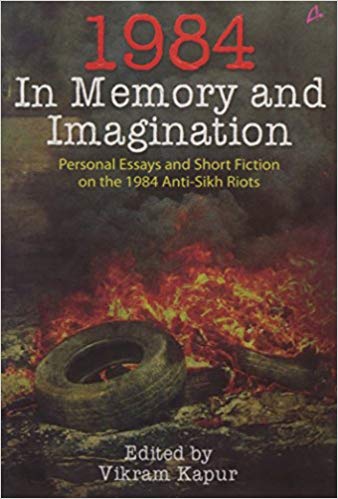
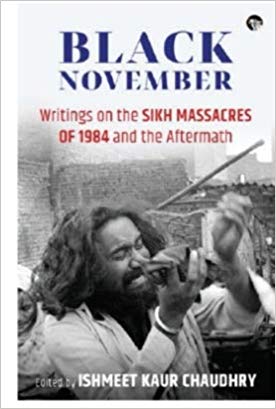
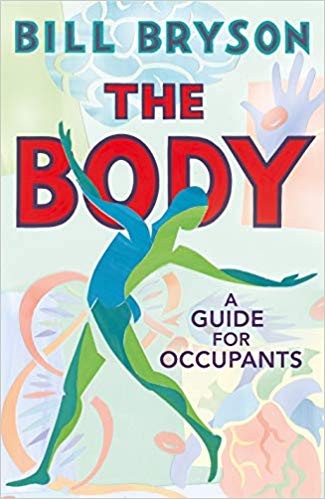
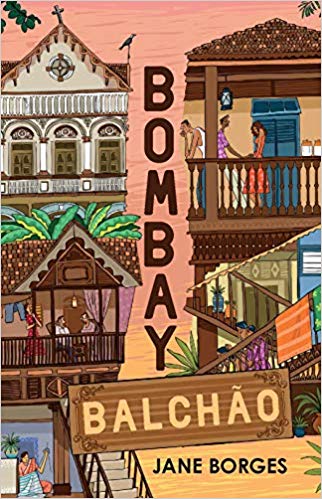
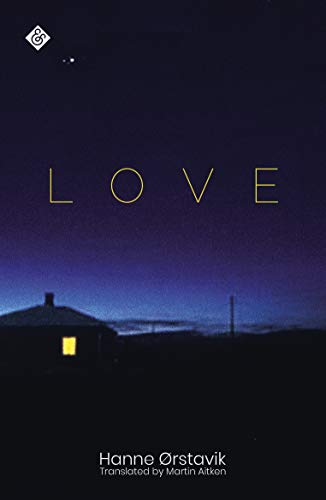
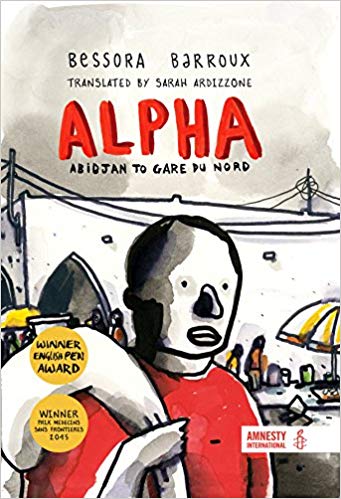
Book Post 49 includes some of the titles received in the past few weeks. Wherever available Amazon’s Kindle widget has been embedded in the blog post. It will allow you to browse through the book before you decide to buy it.
3 Nov 2019











Book Post 48 includes some of the titles received in the past few weeks. Wherever available Amazon’s Kindle widget has been embedded in the blog post. It will allow you to browse through the book before you decide to buy it.
29 Oct 2019
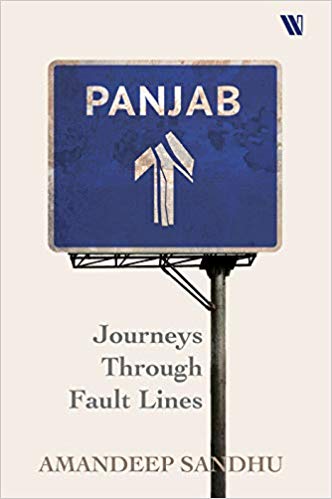
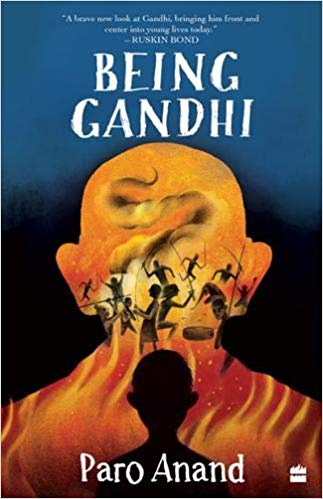
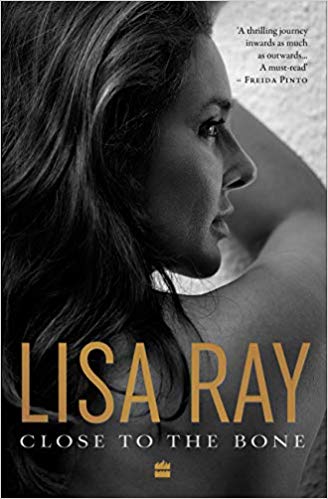
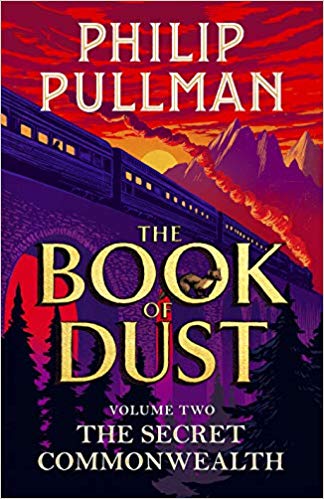
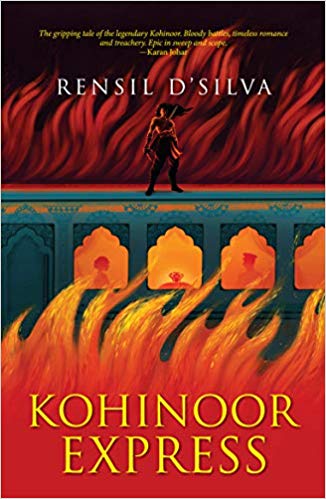
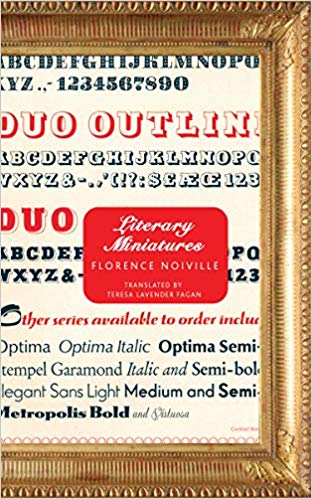
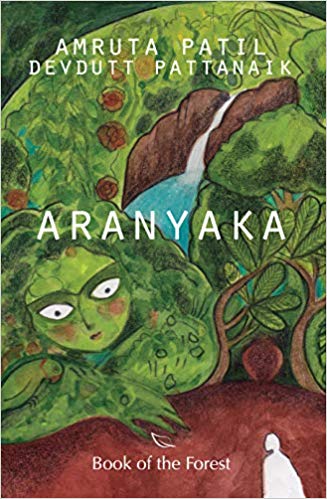
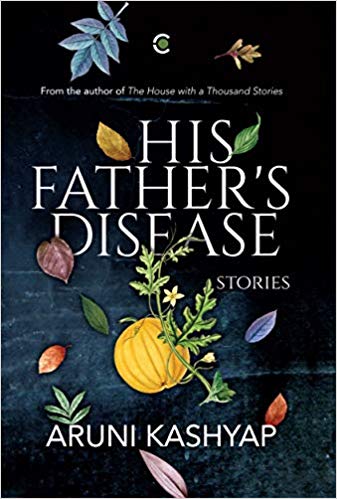
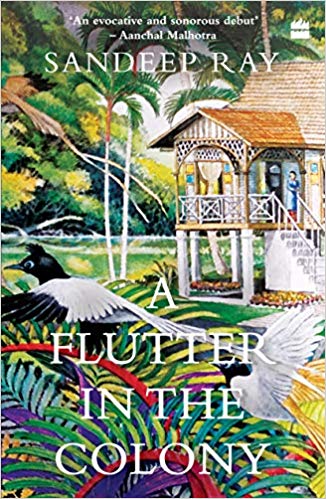
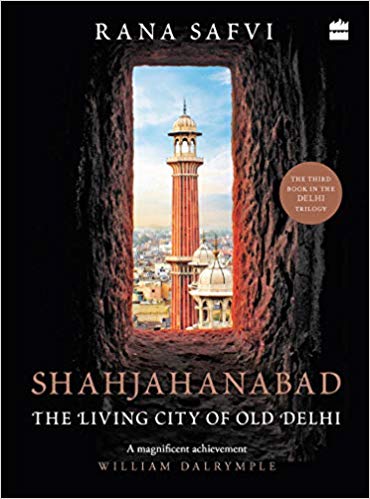
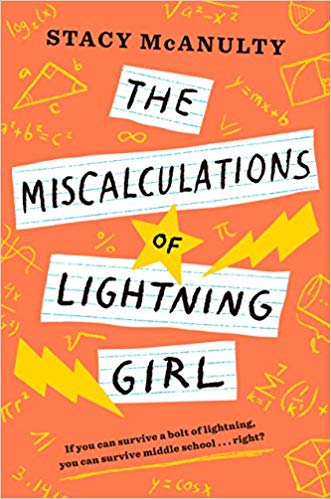
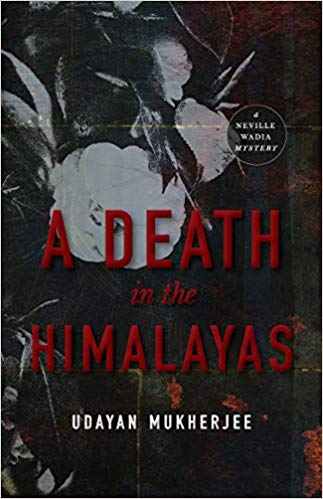
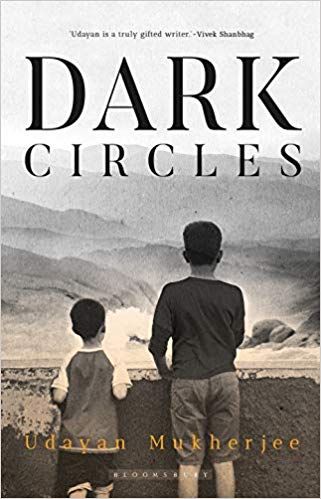
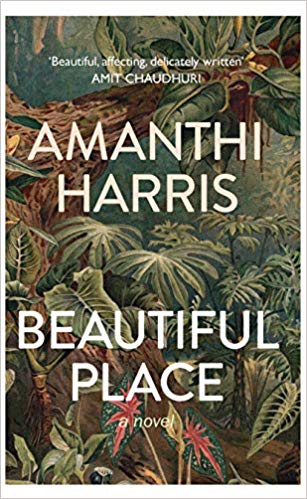
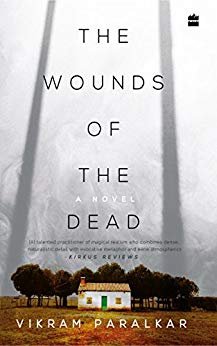
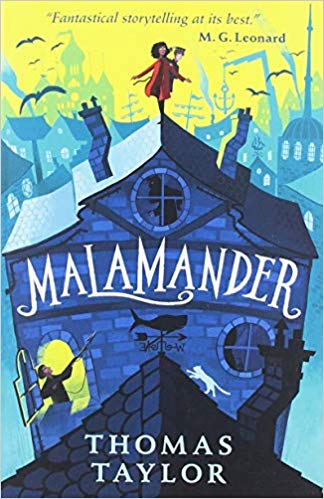
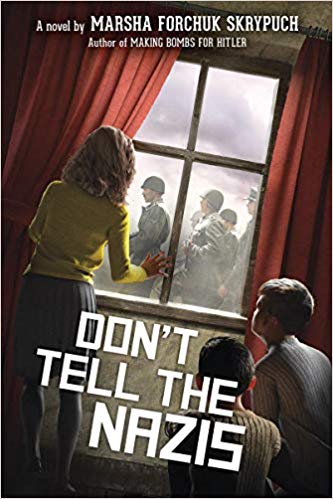
The Women in Translation (#WiT) month is celebrated annually in August. There was a flurry of activity online with a number of gems being unearthed and discussed. It is a really fascinating time to discover new writers, new translators, new publishers etc. Whilst I enjoyed reading the various articles, interviews, profiles and even book extracts that were made available online, I realised there was a deafening silence from the Indian subcontinent.
There is a thriving literary culture that has existed in the subcontinent for an exceptionally long time in all the regional languages. Of late many of these texts are being made available in English so as to be accessed by a larger readership. Sometimes new translations are commissioned such as Daisy Rockwell’s translation of Khadija Mastur’s The Women’s Courtyard although a translation by Neelam Hussain of Simorgh Collective exists too.
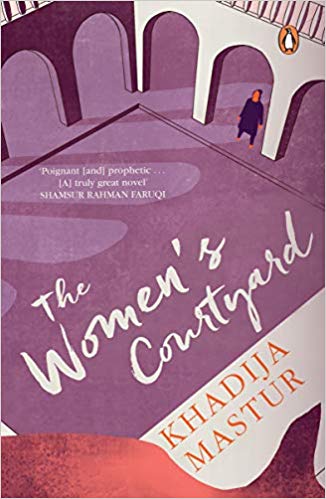
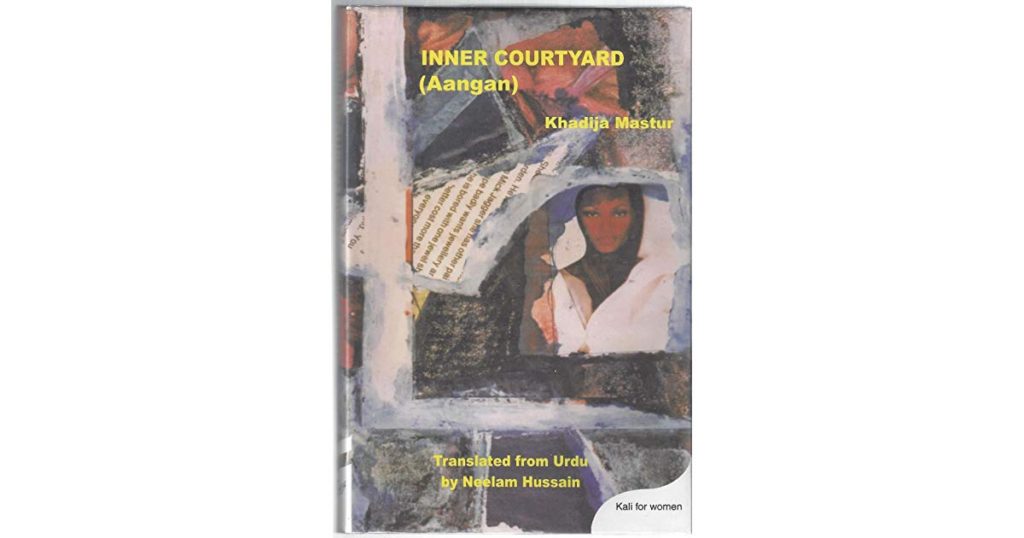
Another fascinating aspect of the Indian publishing industry is that as it grows, the market grows, and so does the interest in the craft of writing. For long writers have written and published their works in various literary magazines, “women’s magazines”, newspapers etc. Of course there are now online literary spaces, discussion forums and sometimes even in the print media where writers are interviewed and their craft discussed. But interviewing writers, especially women, is an art unto itself. Women writers inevitably have to find the time to write amongst the rhythm of many other duties and commitments they need to fulfil. This was more so in the past than now when increasingly there are more and more “professional writers”. Even so, reading about the craft of writing by women writers continus to be an exciting world since irrespective of socio-economic class, many writers share the same concerns and have similar pressures. Women Unlimited, an associate of Kali for Women, has for years published interviews with women writers. Their latest publication is Lifescapes: Interviews with Contemporary Women Writers from Tamil Nadu. The Tamil publishing landscape is not an easy one to understand with many interesting threads running through it, all of which were influential upon the seventeen women writers interviewed by the editors — K. Srilata and Swarnlatha Rangarajan. While the interviews themselves are insightful, it is the structural arrangement of each entry that is fascinating for it has the mandatory biography about the author, a sample of her writing, a head note by the editors introducing the writer and why they chose her specifically to be included in the anthology and finally, the interview. Every detail adds just sufficient information creating an image of the writer that the reader definitely wants to know more about.
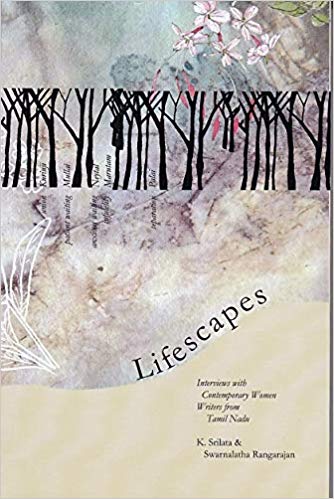
Ever since World Literature began to open new publishing horizons in the Anglo-American book market as well as the growth of the desi diaspora as a lucrative readership, did the spotlight on translations from regional languages into English become an attractive proposition for many firms. As a result there is a feast of offerings particularly as the multi-national publishers expand their fare. Be that as it may there are some fabulous publishers such as Women Unlimited, Zubaan, Orient Black Swan, Speaking Tiger, Permanent Black ( on occasion), Aleph Book Company, Yoda Press, Westland/Amazon and Oxford University Press that have been publishing translations for a while. It is impossible to list all but here some of the wonderful titles published recently.
The Solitary Sprout: Selected Stories of R. Chudamani ( translated from Tamil by C.T. Indra and T. Sriraman) is a fabulous collection of short stories. In fact, R. Chudamani (1931-2010) has often been considered as an early feminist among Tamil writers. The Solitary Sprout is a wonderful selection of Chudamani’s short stories with “No fury like a mother’s”, “Herself” and “Not a stepfather” standing out as very modern stories. It is hard to believe that these were written many decades ago. The sharp insight and clear ideas that the writer shares can take one’s breath away even now. For instance, “No fury like a mother’s” is about three mothers of young schoolgirls who are furious at how their daughters are ill-treated by their school teacher. The punishment meted out to the young girls by the teacher is to strip the girls publicly. The three mothers team up and pressurise the teacher to resign otherwise they threaten to mete out the same treatment to her as she did to their daughters. “Herself” is about a mother who once her children are married and settled with families of their own, discovers her trueself and becomes a music teacher as well is a voluntary worker at the Primary Health Centre in her village. Much to her visiting daughter’s dismay who had expected a month’s vacation at her parent’s home free from all responsibilities including babysitting her own son. Instead the daughter discovers she has to pitch in with household chores at her parents home and continue to look after her own son. She is deeply disappointed and upset as her memories of her mother was one who was always free and available for the family. It rattles the daughter. More so as her father supports his wife’s actions and sees no wrong. “Not a stepfather” addresses issues like widow remarriage, single parenting, stepfather etc. It is beautifully told from the perspective of the disgruntled mother of the bride who is not amused that her daugther has remarried and expects the new husband also to take care of her young son. It is complicated but within the first visit of the newly married couple to the mother’s house, the son warms up to his new father and gets the blessings of his mother-in-law too. It is a powerful story as it raises so many questions about gendered and social expectations of a woman and a man. The Solitary Sprout is worth reading, sharing and discussing in more forums. These are stories that need to be told more often.
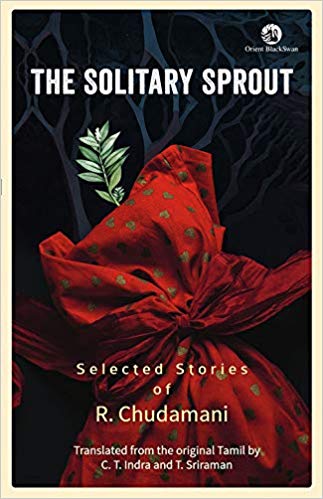
Prolific and powerful writer K. R. Meera has a new collection of three novellas called The Angel’s Beauty Spots. As often is the case with K. R. Meera’s stories, she explores love and its various angles. Sometimes well meaning and powerful love for all intents and purposes can go horribly wrong as in the title novella. K. R. Meera’s stories have this remarkable quality of taking the wind out of the reader’s sails with the horrific and at times inexplicable sequence of events except that some bizarre form of love propelled many of the decisions taken by her characters. Somehow the team of author and translator, K. R. Meera and J. Devika, works well. It is difficult to pinpoint an exact reason but the translation reads smoothly without losing any of the cultural characteristics of sharing a story set in Kerala and written in Malayalam. It just feels perfectly satisfying to read.
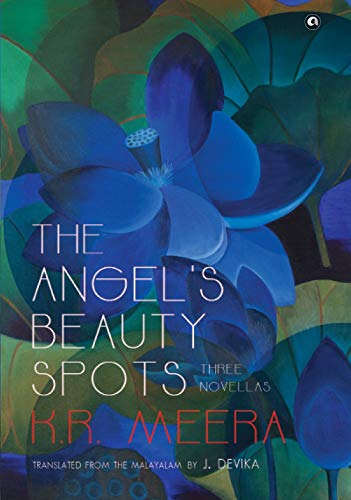
The Diary of Manu Gandhi ( 1943 – 44) are the diaries written by Manubehn ( Mridula) Gandhi, who was the youngest daughter of Mahatma Gandhi’s nephew, Jaisukhlal Amritlal Gandhi and Kasumba. These diaries are preserved in the National Archives of India and for the first time are being translated and edited from Gujarati into English by Tridip Suhrud. Manu Gandhi as a young girl had been encouraged by Mahatma Gandhi to maintain a diary. Manu Gandhi was the one walking beside Mahatma Gandhi at Birla House before his would-be assassin, Nathuram Godse, pushed her aside, so as to be able to shoot his target.
Diary-keeping of Gandhi was an essential duty for all those engaged in pursuit of truth and hence obligatory for Ashramites and satyagrahis. He constantly urged the Ashram community and constructive workers to maintain one. ….A daily diary,he believed, was a mode of self-examination and self-purification; he made it an obligatory observance for all those who walked with him on the Salt march.
While The Diary of Manu Gandhi ( 1943 – 44) is of more academic and historical interest to many readers, it is accompanied by a fine commentary by Gandhian scholar Tridip Suhrud. He offers insights about maintenance of a diary, the translation process, making available critical empirical material such as these diaries which till now many knew of its existence but not many could access. It also documents the growth of a young, under-confident girl to a mature person as evident in the style of her writing, longer sentences, more time spent describing incidents rather than restricting it to scribbles as many of the early entries are. Interestingly, as Tridip Suhrud points out in his introduction, Mahatma Gandhi or Bapu as he was known, would often read and scribble his thoughts in the margins of Manu Gandhi’s diaries. Ideally though it would have been a preferable if in this volume an interview with Tridip Suhrud with a leading gender/oral history expert had been included. It would then give some critical insights in what it means to translate a young girl’s diary many decades later by a highly reputed Gandhian scholar. With due respect even the best academic scholars tend to gloss over certain gender issues that irrespective of how many times they are repeated continue to be important and need to be highilghted. At the same time it would be fascinating to see what emerges from the conversation of a Gandhian expert with a gender expert to see how much Gandhian ways of living influenced the minds and hearts of those in the Ashram or did the basic gendered ways of seeing also get scrubbed away.
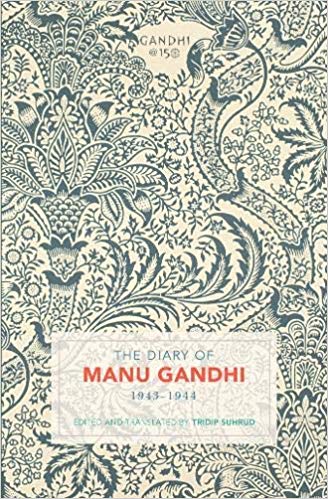
Speaking of memoirs, Rosy Thomas’s He, My Beloved CJ about her life with her husband and well-known Malayalam writer and critic, C. J. Thomas. It has been translated by G. Arunima. C.J. Thomas died young. His wife wrote this memoir much later. While it is a very personal account of her courtship, her marriage and the brief time she spent with her husband during which he opposed her desire to seek employment. Apparently in the Malayalam text, Rosy Thomas often refers to her husband as moorachi ( a colloquial term for conservative). Hence within this context it is quite amazing to read an account of a life that does not necessarily romanticise the couple’s love but is able to subvert the prevalent notions of wifehood. It has descriptions of their homes, their families, their circle of friends and at times some of their discussions on art, creativity and politics. At least in the memoir she comes across at times an equal participant despite his conservative mindset on having a wife who earned a living. Be that as it may, the monotone pitch at which the memoir is written or has been translated in —it is difficult to discern the difference — does not make He, My Beloved CJ easy to read. Of course it is a seminal book and will for a long time be referred to by many scholars interested in knowing more about the literary movement in Kerala or about the legend himself, C. J. Thomas — a man who seems to have acquired mythical proportions in Kerala. How many will access it for being a woman’s witnessing of a fascinating moment in history, only time will tell. Meanwhile the translator’s note is worth reading. G. Arunima writes:
…this biography is as much about C J Thomas and their marriage, as it is about Rosy as a writer. The act of remembrance is also about fashioning her own self and subjectivity, both as a ‘loving’ subject, and as a ‘writer’ and raconteur, observing, weighing, annotating and narrating their life as a text. Rosy Thomas grew up in a literary home; her father, M P Paul, was an intrinsic part of the Progressive Writers’ Movement, the Sahitya Pravarthaka Sahakarna Sangham ( Literary Workers’ Cooperative Society) and had also set up the tutorial college that was named after him. Writers, books and a culture of reading were a central part of her life. Even though these reminiscences do not dwell too much on her own literary or political formation, it is evident that CJ’s world wasn’t alien to her. In her later life she was to become a published writer and translator in her own right; such creativity is obvious even in this text where the nuances of a remembered life are testament to her wit and literary flair.
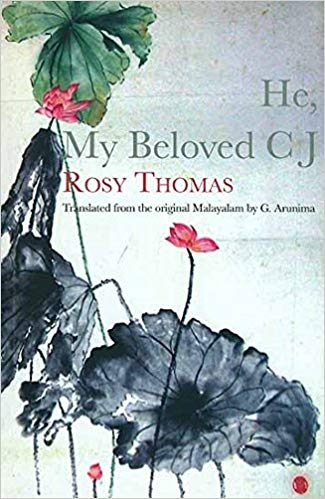
There are many, many more titles that one can discuss such as Sharmila Seyyid’s Ummath: A Novel of Community and Conflict. It is set during the three decades of the Sri Lanka’s civil war. It is told through the lives of three women, Thawakkul, Yoga and Theivanai — one a social activist, the other a Tamil Tiger forced into joining the movement as a child, and the third a disillusioned fighter for the Eelam. The novel has been translated from Tamil by Gita Subramaniam. While it immerses one immediately into the strife torn landscape, it is also puzzling as sometimes the voices of the three main characters seem to acquire the same pitch, making it seem as if the author’s own devastating firsthand experiences of the conflict are making their presence felt throughout the narrative. It is impossible for the English readers to ever solve this puzzle but there is something that comes through in the translation and is not easy to pinpoint. While promoted as fiction, it is easy to see that Ummath with the insights it offers, nature of conversations documented and descriptions of the landscape make this novel a lived experience. This is a challenging story to read but is worth doing so as the conversations about women/gender and conflict are relatively new in public discourse and need to be share more widely.
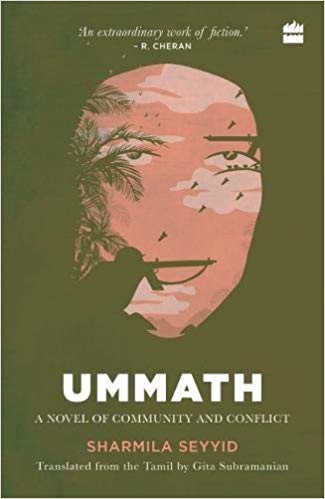
The final book in this roundup is a translation from Bengali of Upendrakishore Ray Chowdhury’s The Children’s Ramayana by first-time translator Tilottama Shome. It is the Ramayana told with its basic story sans the many digressions and minor tales. It is the epic with many of the popular stories retold that many generations of Indians are familiar with. It does not come across as a novice’s attempt at translation. In fact as she says in her translator’s note, “I have tried to retain that delightful quirky tone and the hint of humour told with a straight face that has endeared Upendrakishore Ray Chowdhury’s works to readers for generations” seems to be true. Again it is impossible for English readers to confirm this fact or not but there is something about the zippy pace, ease of reading, a rhythm to the storytelling, making it immensely attractive to read. Perhaps Tilottama Shome being a trained singer ably assisted her in finding the rhythm to this translation. There is something to be said for a trained musical ear and discovering the cadences of a written text making the translation from one language/culture to the next a pleasurable experience!
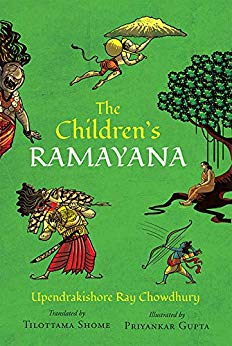
18 September 2019
Book Post 42 includes some of the titles received in the past few weeks. Wherever available Amazon’s Kindle widget has been embedded in the blog post. It will allow you to browse through the book before you decide to buy it.
8 Aug 2019
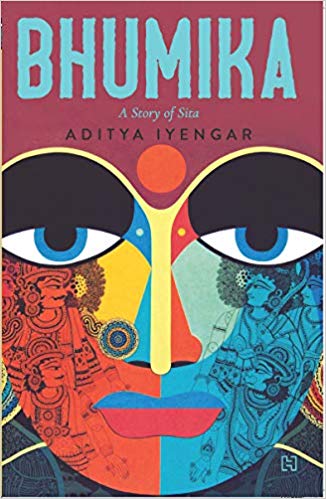
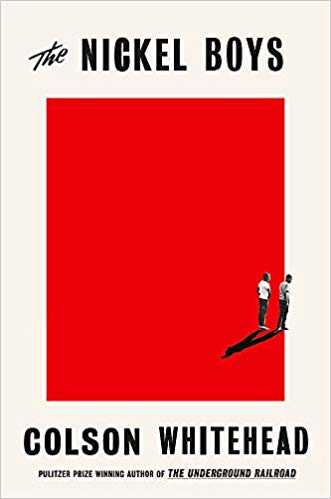
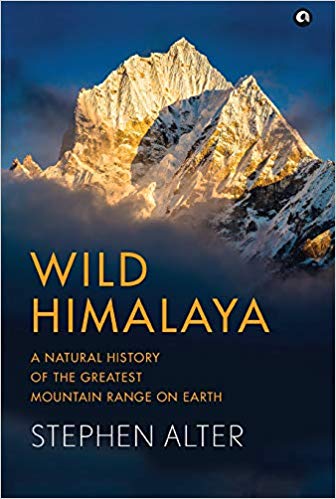
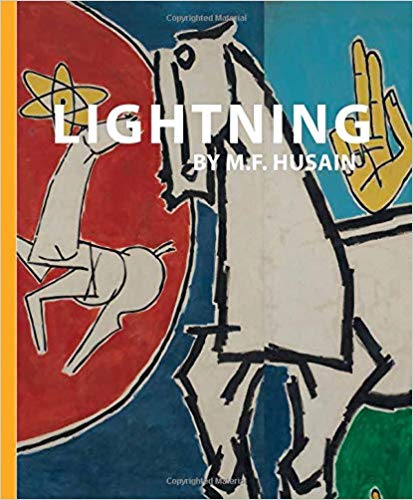

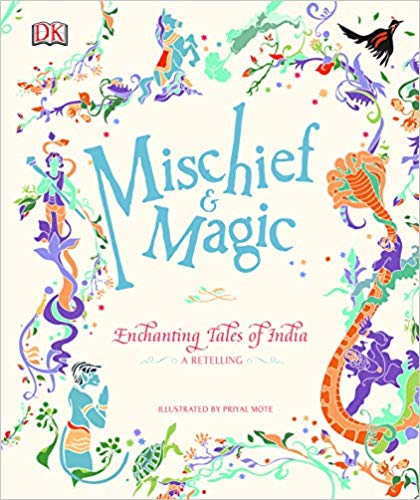
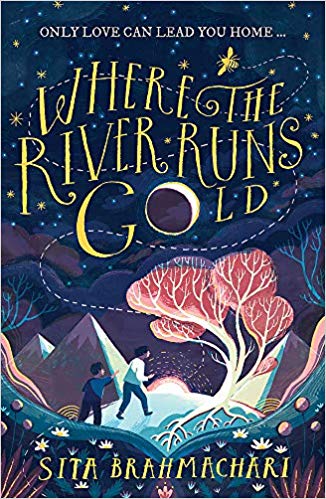
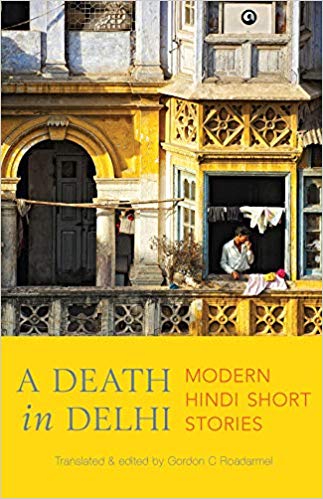
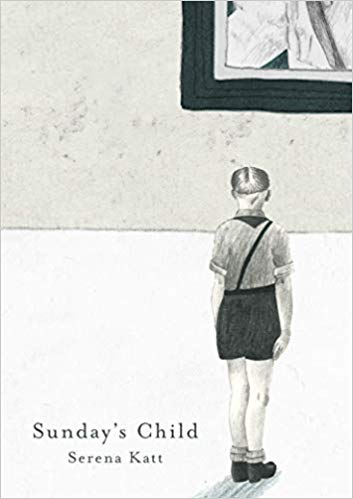
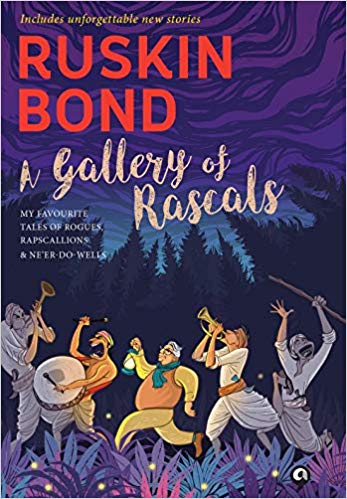
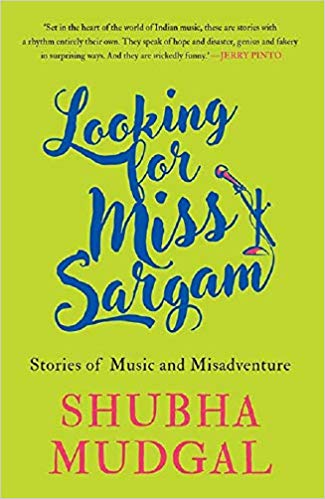
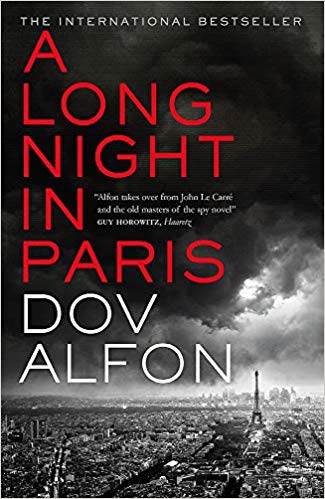
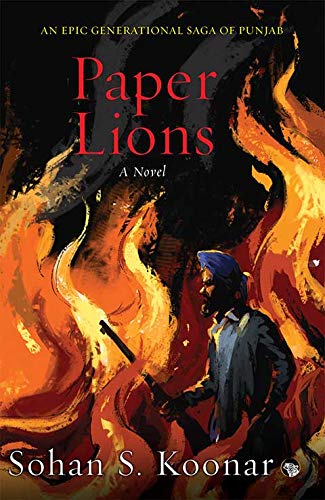
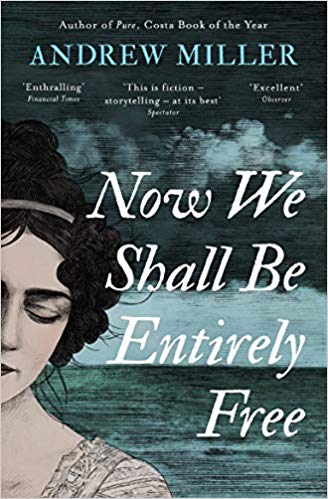
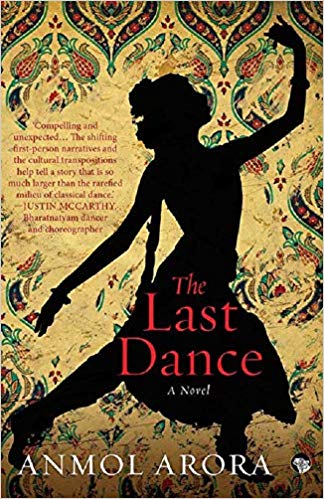
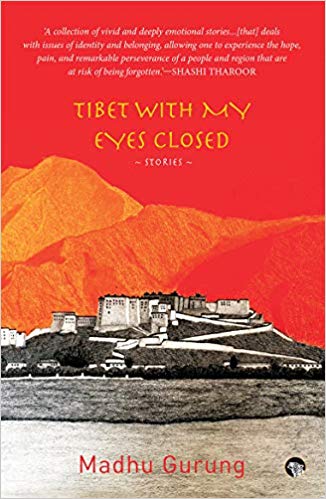
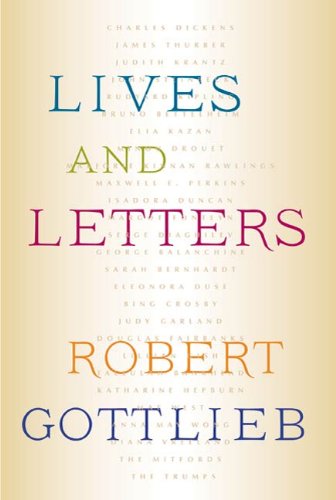
Dear Reader,
This is a double issue as time whizzed by before I knew it, the week was over!
As the book fairs, literature festivals and literary awards season draws near, the number of titles being released into the market increase exponentially. Some of them being the “big titles” that the publishing firms are relying upon. Two of them featured here are two such titles. These are the thrillers — The Flower Girls by Alice Clark-Platts and The Silent Patient by Alex Michaelides.
Alice Clark-Platts, founder of Singapore writers group and a former human rights lawyer, has published her third thriller. The Flower Girls is about the killing of two-year-old girl by two sisters, who are six and ten, respectively. It is a case that had caught the imagination of the media. The older sister had been incarcerated but the younger one had been let off as she was too young to be tried. Instead the police force helped the parents and remaining daughter to assume new identities and start a new life in a different city. Two decades later the case is recalled as another five-year-old girl goes missing. It is an absorbing tale for its details of the murder and trial that seem to defy human imagination. It is as if there is an underlying truth to the horrors a human being is capable of, almost as if it is the transferance to some extent of a lived experience by the author to the page, but not necessarily a replication of any case she has dealt/read. Apart from the horror of the actual crime itself, there are many pertinent issues raised in this novel about the troublesome aspect of incarcerating one so young, arguments for parole, the course of justice and the prejudices people may have that may colour their judgement. The best discovery in this novel is the creation of DC Hillier, almost as if she is the female response to Jack Reacher or a modern reincarnation of Miss Marple. The potent combination of a fine instinct for sniffing out criminals built over many years as a Detective Constable, phenomenal memory, dogged persistence to pursue clues, and a fascination for being first on the crime scene, make DC Hillier a character worth following in the coming years. Her beat will remain unchanged. It will be the small town but there will be plenty of opportunities for stories to occur as tourists visit the seaside. Since The Flower Girls is her first appearance on the literary landscape, DC Hillier will take at least another 2-3 novels before she settles down, but once she does, she will soar!
Rating: 4.5 / 5
Debut novelist Alex Michaelides’s The Silent Patient is already an NYT bestseller. It’s first print run was 200,000. It is a psychothriller that is gripping. It moves swiftly. There are short sentences, crisp dialogue and the length of the chapters match the smart pace of the storytelling. It helps that the author studied English literature at Cambridge University and earned his MA in screenwriting at the American Film Institute in Los Angeles. This professional training has helped create an undeniable page turner. All those who have endorsed the book, such as Lee Child, David Baldacci, Joanne Harris, Stephen Fry, and C. J. Tudor, are absolutely correct in their assessment of it being an excellent, slow-burning psychological thriller. It is about Alicia Berenson who is accused of killing her fashion photographer husband Gabriel. No one knows why she did it since after shooting him in the face she stops talking. After trying to attempt suicide, she is taken into custody and then sent off to asylum called The Grove. The story is narrated by forensic psychotherapist Theo Faber whose opening introduction about himself is that he “was fucked up”. He is offered an appointment at The Grove and becomes Alicia’s therapist. It is a gripping tale undoubtedly and no wonder it has already been sold into 39 territories and is being developed into a major motion picture. Be that as it may, there are details in the story that give it away as amateur work that will go largely unnoticed with most readers. For instance, when Alicia hands over her diary to Theo Faber to read, he says that judging by the handwriting, it was written in a chaotic state of mind, where the writing was barely legible and doodles and drawings taking over some of the pages. Yet, the diary extracts reproduced in the story are beautifully composed with complete sentences, perfect dialogue, smooth narration and build the plot seamlessly. A bit puzzling given how Alicia is known to be of troubled mind. Later too as the plot hurtles to the end, the inexplicable switch in the timelines while acceptable when the reader is in a reading haze, are bothersome details when reflecting upon the story later. It is unfair to the reader for the author to switch timelines as if for convenience to tie up the loose ends in the plot. This is a novel that has possibly been written with a view to adapt it to the screen and the magic has worked. It is to be seen if the subsequent novels of Alex Michaelides will inhabit this dark and depressing world. Whatever the case, Alex Michaelides’s brand of psychothriller, is here to stay and will spawn many versions of it too.
Rating: 3.5/5 
The third book is a collection of short stories by Indian women writers called Magical Women, edited by Sukanya Venkatraghavan. It is a pleasant enough read if read with zero expectations about reading fantasy stories that take strong imaginative leaps into a magical realm. Most of the stories are pleasant to read. The stories are preoccupied with worries of the real world such as of sexuality, child molestation, infidelity, etc. Two stories that stand out are “Gul” by Shreya Ila Anasuya and “The Rakshasi’s Rose Garden” by Sukanya Venkatraghavan. “Gul” is about a nautch girl during the uprising of 1857 and “The Rakshasi’s Rose Garden” is about child molesters. While most of the stories in the collection have immense potential, they tend to fall flat on their face for the inability of the writers to lift it off the ground with elan. Instead most rely on done-to-death details as pods and strange creatures. When the story is to take an imaginative leap it lands straight into a world that is a mere transplantation of existing reality or the world of mythology. So there is a rave party, a mysterious laboratory, lesbians, etc. There is nothing truly breakaway in Magical Women except for the fact that it is a breakaway collection of talented storytellers who may one day astound the world with their true potential. For now, most of them, are holding back. I wonder why?
Rating: 3.5/5 
And then there is The Man with the Compound Eyes by Taiwanese author Wu Ming-Yi, translated by Darryl Sterk. An eco-fiction that Tash Aw in his 2013 review in the Guardian referred to it as hard-edged realism meets extravagant fantasy.
It is easy to see why Wu’s English-language publishers compare his latest novel to the work of Murakami and David Mitchell. His writing occupies the space between hard-edged realism and extravagantly detailed fantasy, hovering over the precipice of wild imagination before retreating to minutiae about Taiwanese fauna or whale-hunting. Semi-magical events occur throughout the novel: people and animals behave in mysterious ways without quite knowing why they are doing so; and, in a Murakami-esque touch, there’s even a prominent cat. But beyond these superficial similarities lies an earnest, politically conscious novel, anchored in ecological concerns and Taiwanese identity.
Encapsulating such a rich novel is not easy but suffice to say it that the author’s environmental activism, trash in the sea, concerns about climate change, a deep understanding of environmental disasters, has helped him create an extraordinarily fantastic novel. From the first sentence it immediately transports the reader into this magical world of the imaginary island of Wayo Wayo, created with its own myths and folk legends. Fantastic novel that years after the English translation was made available, it continues to find new readers, with new translations.
Rating: 4/5 
The final book is Leaving the Witness: Existing a Religion and Finding a Life, a memoir by a former Jehovah Witness, Amber Scorah. It is an account of Amber’s life as a Jehovah Witness, finding a husband from the same community and then travelling across the world to become missionaries in China. Amber knew Mandarin so could speak to the locals. Her grasp of the language improved as she began to communicate more frequently with others. She managed to get a job working on podcasts, at a time when podcasts were barely heard of, and yet her shows became so popular that Apple ranked it amongst the top 10 podcasts of the year. While in China, she befriended many outside the community, even made friends like Jonathan online, but kept it a secret from her husband and their circle as this was considered taboo. Soon she begins to question her proselytising as questions are raised of her regarding her beliefs. She is forced to question her blind faith in the cult. Slowly her marriage disintegrates too. Leaving the Witness reads like her testimony, a reaffirmation of her belief, except not entirely in the manner that her church would have approved. Amber Scorah chooses to leave the community and build a life of her own. It is tough for she has to learn how to make friends, she has to learn simple things like understanding popular culture references in casual conversation, being able to enter and enjoy a social engagement without feeling horribly guilty etc. It ends sadly with the death of her infant son at the daycare centre but it also is a strong testament to others wishing to leave suffocating environments that it is possible to do so and build new lives. It is not easy but it is possible. In fact the book has been placed on O, The Oprah Magazine Summer 2019 Reading List and Trevor Noah invited Amber Scorah to his talk show. It is a good book and deserves all the publicity it can garner.
Rating: 4.5/5
Happy Reading!
JAYA
30 July 2019
Book Post 40 includes some of the titles received in the past few weeks. Wherever available Amazon’s Kindle widget has been embedded in the blog post. It will allow you to browse through the book before you decide to buy it.
6 July 2019
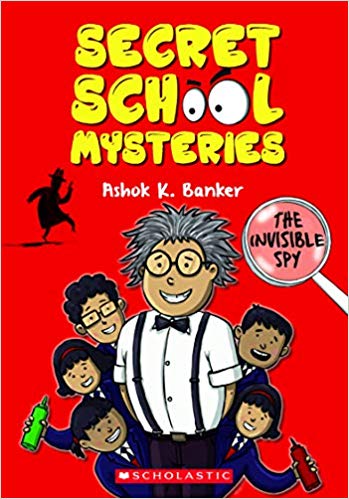
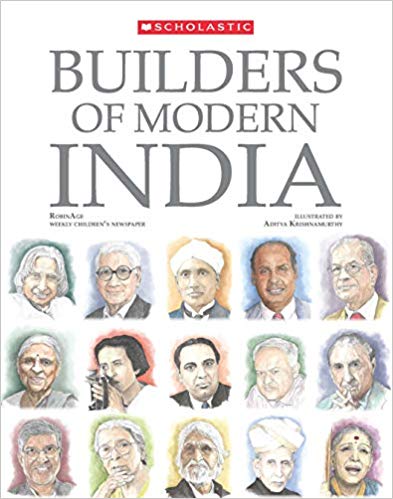
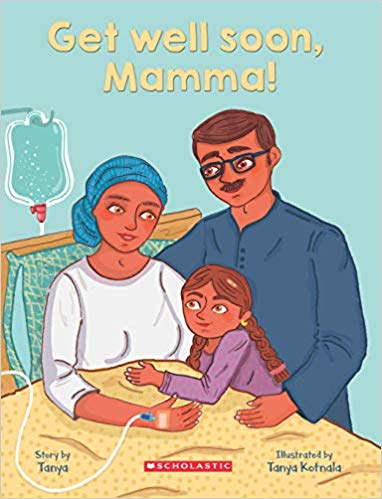
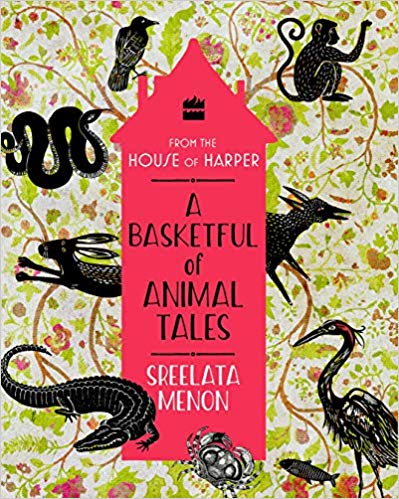

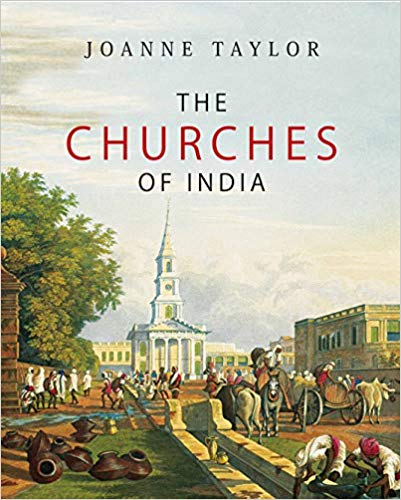
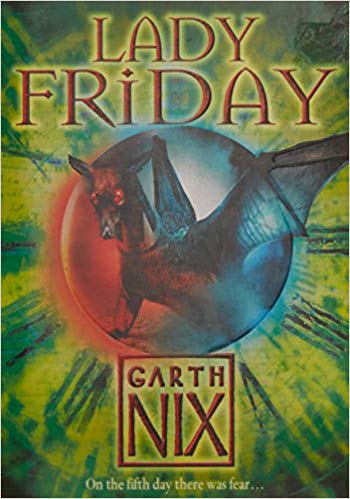
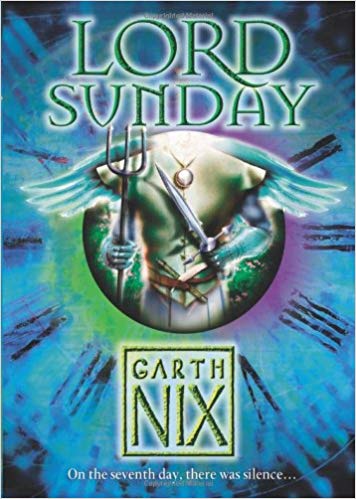
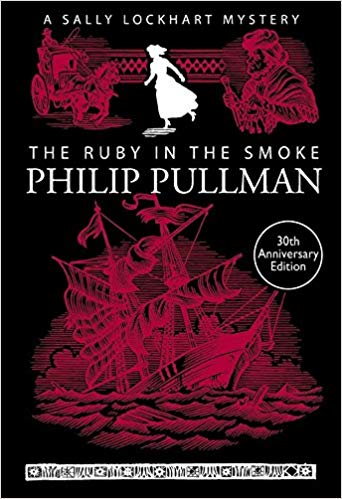
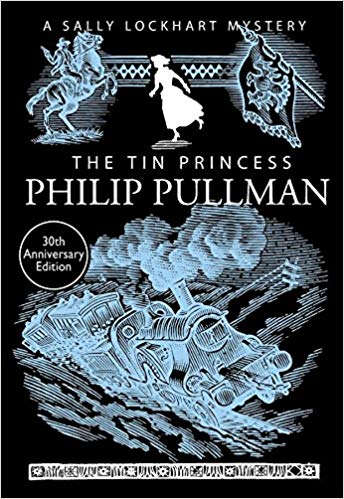
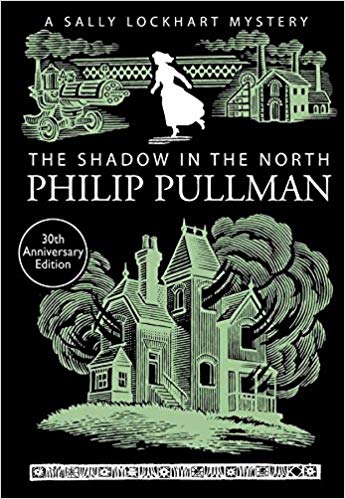
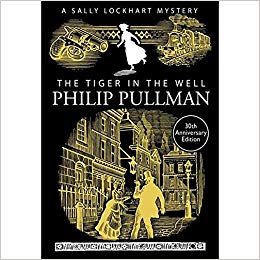
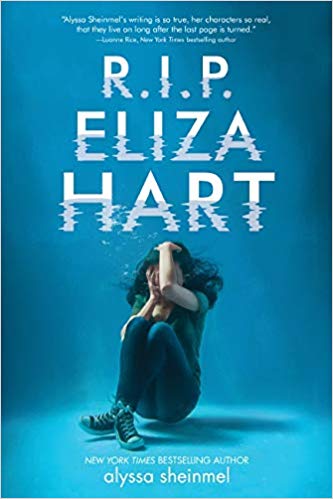
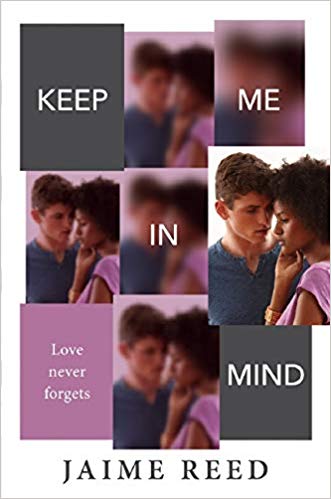
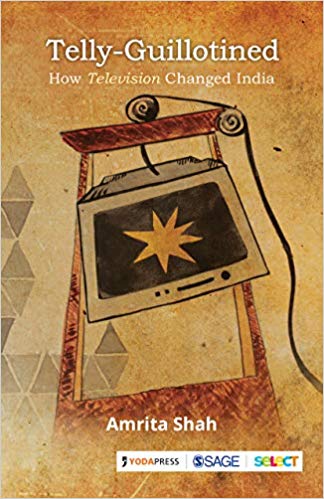
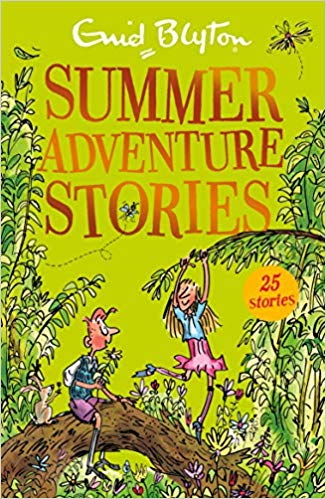
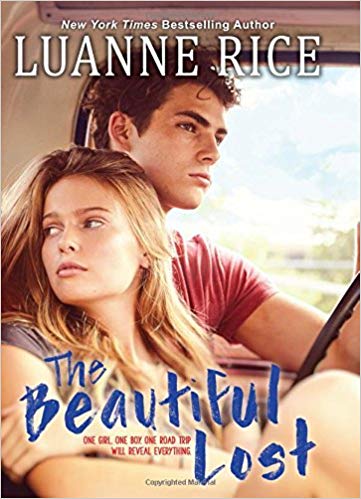
Book Post 37 includes some of the titles received in the past few weeks.
27 May 2019
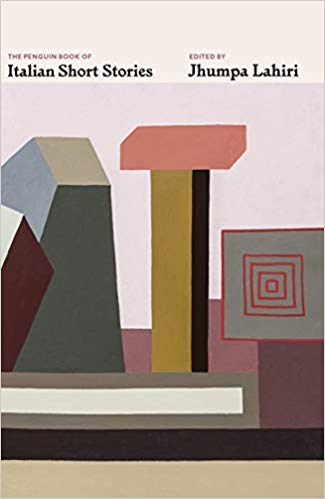
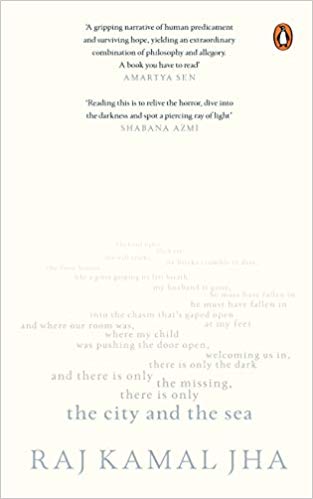
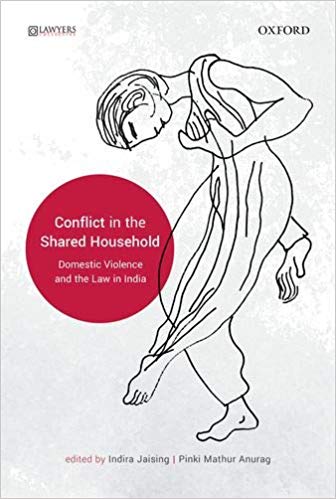
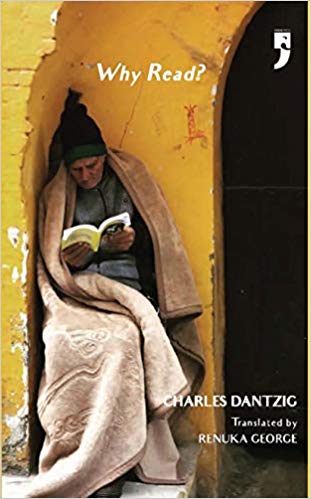
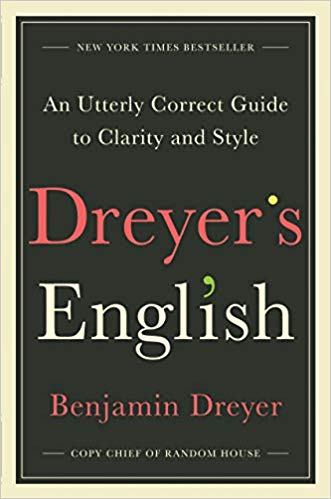
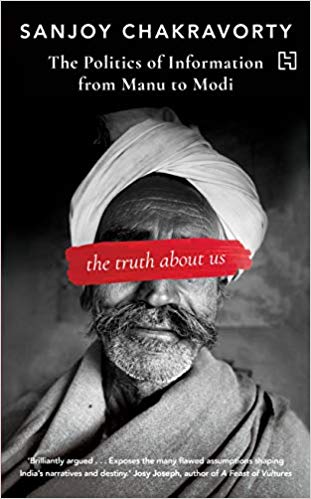
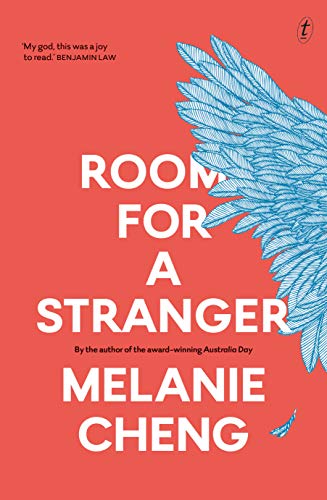
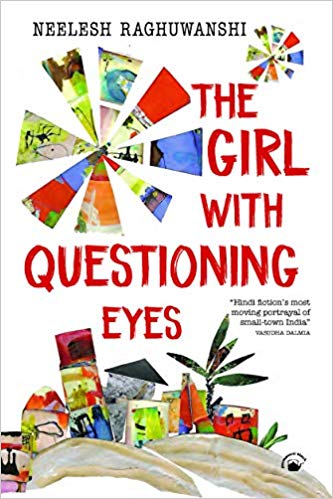
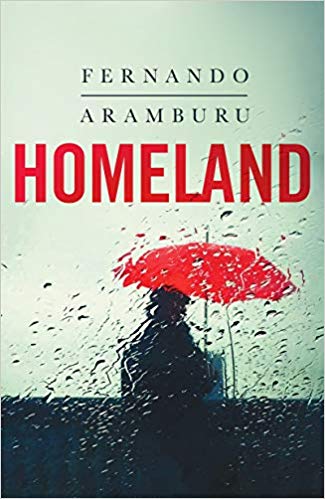
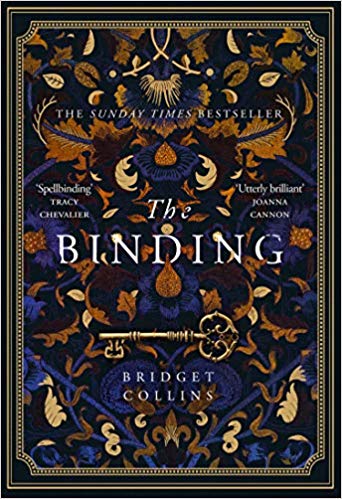
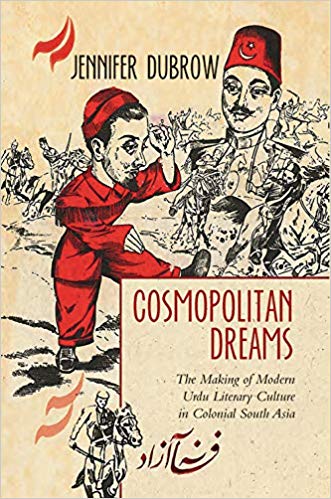

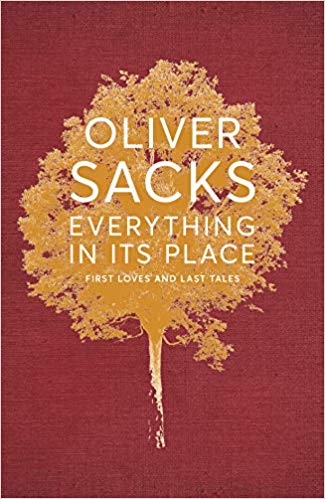
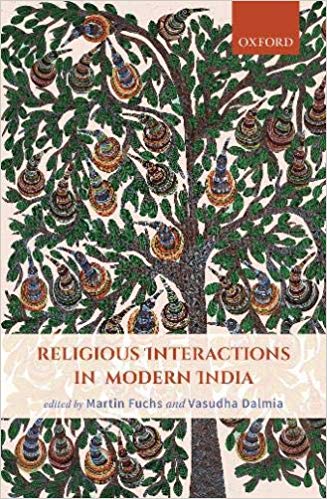
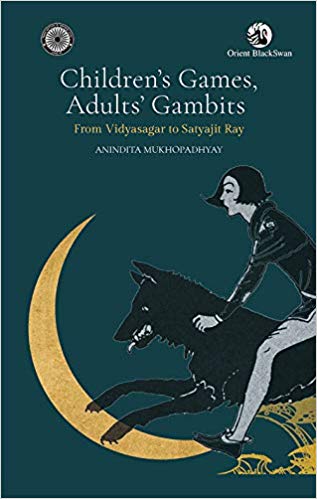
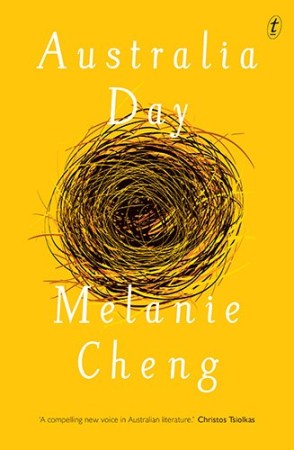
Book Post 35 is being uploaded after a month. It focuses on the trade list. This include some of the titles I have received in the past few weeks.
20 May 2019
